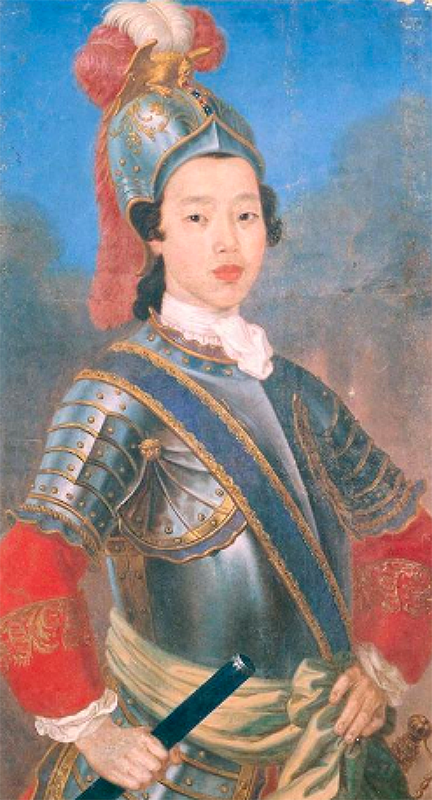
This course discusses modern and contemporary art in Asia (construed in this context as the countries comprising East, Southeast, and South Asia) as a function of the encounter between groups identified primarily on the basis of their racial and ethnic origin. Roughly beginning from the late 18th century, this course looks particularly at two modes of encounter; one turns on race (the encounter between the so-called West and the non-West, largely construed as the relationship between whites and Asians) and the other on ethnicity (the tensions and symbioses arising out of inter-regional encounters between Manchus and Han Chinese, Chinese and Taiwanese, Koreans and Japanese, as well as Japanese and Okinawans/Ainus). Much of the material discussed in this class asks how constructs of race and ethnicity arise out of the production of visual representation. Drawing upon a wide range of media from woodblock prints documenting the entry of white male traders into Yokohama to performances by Hong Kong artists in the late 1990s that exclusively mix Mandarin and Cantonese as a way of asserting their autonomy from mainland China, this works shown in this class posits whether both constructs are, in fact, performative. If so, for whom is such performance intended and why?
Based on selected case studies, this course argues that the macro-phenomena allegedly responsible for spurring the development of visual art in Asia – colonialism, urbanization, industrialization, militarization – is in fact based on the promotion of disparity and the systematic implementation of discriminatory policies against members of certain social classes, racial, and ethnic backgrounds. Of special interest is the complexity arising when race and ethnicity must be considered in tandem with gender and social class. Many of the artists for this class are outside the putative canon in terms of their background, for example, women artists not sharing the same institutional access as their male counterparts. This class fosters a comparative look at these disparities by compelling students to draw parallels between conditions in one country (city) and another.
Class Format: Two 80 minute lectures per week. Each class will be largely discussion based. A short lecture summing up key ideas and points may preface each class session.
Textbooks/Other Materials: Unless specified otherwise, readings for the upcoming week will be placed on reserve in PDF form on Canvas. Many of the source books will also be on open reserve at the Fine Arts Library.
Course Requirements:
HISTART Distribution Requirements: Asia (Includes China, Japan, India, South/Southeast Asia and the Pacific), Modern and Contemporary
Keywords: Korean, Japanese, Chinese, international, culture